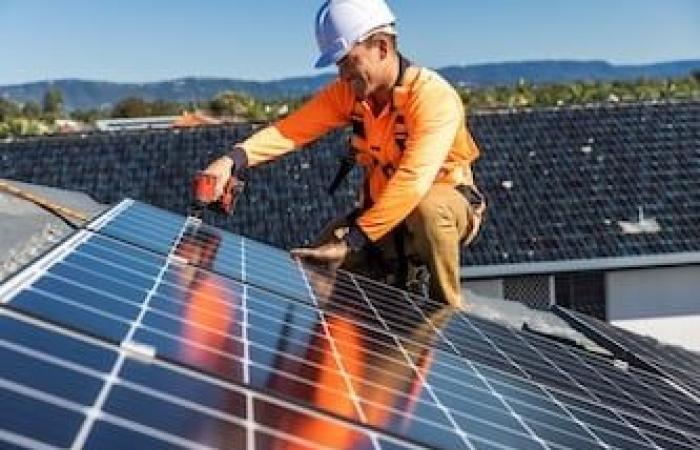In Australia, solar energy is experiencing rapid adoption, to the point of disrupting the electricity grid. Millions of homes have installed solar panels on their roofs, thereby reducing their energy bills and contributing to an ambitious ecological transition. But this proliferation now poses unforeseen challenges: the electricity grid struggles to absorb the excess solar energy produced on sunny days. A phenomenon which could weaken the stability of the system, with emergency measures already envisaged.
An excess of energy which destabilizes the Australian network
Australia, a pioneer in domestic solar energy, now sees its electricity network under unprecedented pressure. Around one in three households is equipped with solar panels, making the country a leader in the adoption of renewable energy. But this transition, although essential for the environment, presents a new challenge: the management of excess electricity production. On mild, sunny days, as evidenced by events in Victoria, electricity demand drops to historic lows. On October 3, 2024,Demand fell to 1,352 megawatts, far from the minimum threshold of 1,865 MW needed to maintain a stable balance in the grid. An imbalance that could cause outages or interruptions.
The Australian Energy Market Operator (AEMO), which manages the Australian electricity market, has been forced to take drastic measures to avoid overloading the network. Among these solutions, the temporary reduction of solar production on roofs or the reactivation of old transmission lines were mentioned. In other words, some solar installations could be temporarily disconnected to relieve pressure on the grid. This situation highlights a key problem: the absence of an effective mechanism to manage excess solar energy. The company Gridcog even points out that the rapid growth of solar installations is testing the technical limits of the network.
Insufficient storage capacity
One of the big challenges posed by this situation is energy storage. Unlike coal or gas power plants, capable of producing energy continuously, solar panels only generate electricity when exposed to sunlight. This intermittent production makes it difficult to manage demand, especially when supply far exceeds needs, as was the case in Victoria. Solar energy storage is currently limited, which pushes authorities to consider emergency solutions. Empty household batteries have been called upon to absorb this excess electricity, but this approach remains a temporary solution.
The Australian case is indicative of the challenges that many countries may face in the future with the transition to renewable energy. If solar energy is a clean and abundant resource, its integration into traditional electricity networks requires suitable infrastructure. To prevent this problem from getting worse, market reforms are needed. This could include providing a better incentive for energy users to consume excess solar or installing more efficient storage systems. Failing this, AEMO may be forced to intervene more frequently to stabilize the network, thereby compromising long-term energy reliability.






